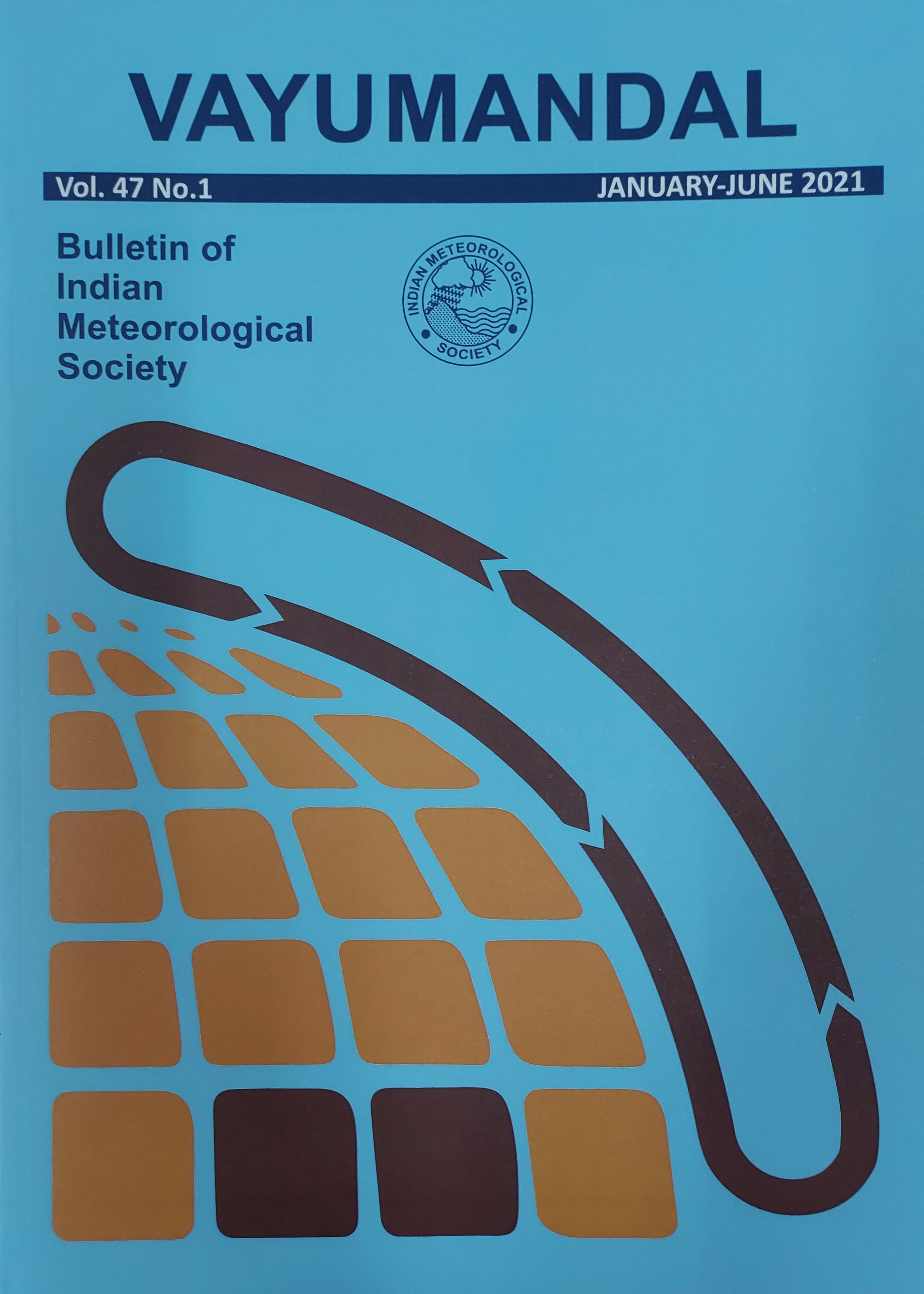Flash Flood Producing Thunderstorms and Associated Lightning Potential in the North-eastern Bangladesh: A Case Study
Abstract
An attempt has been made to simulate the different atmospheric conditions associated with the severe thunderstorms and lightning, which occurred during 28-30 March 2017 over northeastern Bangladesh using WRF model. The continuous very heavy rainfall associated with the thunderstorms has been responsible for the devastating flash flood in Sunamganj and adjoining areas in 2017. The study reveals that by analyzing different atmospheric parameters simulated by WRF Model, it is possible to forecast severe thunderstorms which produce flash flood and lightning in the northeastern part of Bangladesh. In this study parameters such as rainfall, sea level pressure, geopotential height (m), CAPE, winds at various tropospheric levels, cloud water mixing ratio and ice water mixing ratio, vorticity and x, y, z wind components have been simulated. There have developed a low pressure area and strong circulations over West Bengal and adjoining Bangladesh with extended troughs towards northeast, having strong flows of southwesterly to south-southeasterly winds distinctly visible at low level over the Bay of Bengal and Bangladesh. There has been an interaction of northwesterly flows of winds at 500 hPa level and southerly flow coming from the Bay of Bengal producing sufficient instability in the troposphere to develop severe thunderstorms which when moved over northeast Bangladesh/Meghalaya have become stronger due to orographic influence, thereby become flash flood producing thunderstorms with lightning potential. Due to the presence of westerly jet stream of 40 ms-1 over Bangladesh and India, the thunderstorms become more marked. The study reveals that persisting characteristics of the wind circulation over West Bengal and Bangladesh, the micro-circulation and the intense geopotential low at 850 hPa along with its eastward extension have been responsible for continuous heavy to very heavy rainfall over Sylhet and Meghalayan region and producing wide-spread intense flash floods over there. On 29 March 2017, cloud water mixing ratio is found to range between 160 and1100 mgm-3 and ice water mixing ratio ranges from 27 to 100 mgm-3 at different locations. At Cherrapunji and Sylhet, the cloud water mixing ratio values are 1100 and 1000 mgm-3 respectively. The values of cloud water mixing ratio are maximum at Cherrapunji and Sylhet where torrential rain has occurred. At Mymensingh, Netrokona, Nikli, Sunamganj, Srimangal and Moulavibazar, the cloud water mixing ratio values are less. The high values of cloud water mixing ratio and ice water mixing ratio in the upper troposphere over northeastern Bangladesh and adjoining areas indicates significant convection in the troposphere and have been responsible for moderate to severe lightning. The distribution of CAPE has also shown increasing higher values, indicating moderate to severe lightning potential.
Copyright (c) 2024 Vayumandal

This work is licensed under a Creative Commons Attribution-NonCommercial 4.0 International License.
All articles published by VAYUMANDAL are licensed under the Creative Commons Attribution 4.0 International License. This permits anyone.
Anyone is free:
- To Share - to copy, distribute and transmit the work
- To Remix - to adapt the work.
Under the following conditions:
- Share - copy and redistribute the material in any medium or format
- Adapt - remix, transform, and build upon the material for any purpose, even
commercially.


